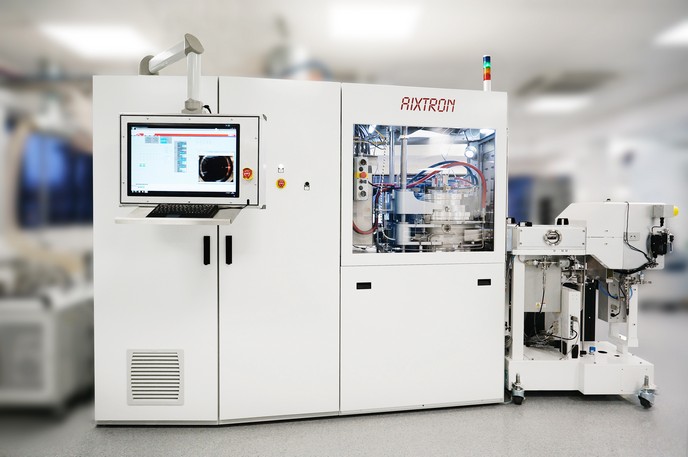Taking graphene mass production to the next era
Traditionally, graphene production takes place through processing of graphite or chemical vapour deposition (CVD) methodologies, each resulting in different material properties and quality. Although CVD is a scalable approach, it only generates monolayers of high-quality graphene suitable for semi-conductor applications. The Graphene Flagship Production Work Package led by Dr Alex Jouvray of Aixtron Ltd in the UK, focuses on the mass production of graphene for commercial market applications. The idea is to scale up the manufacturing processes of CVD and bulk graphene to industrial scale in a cost-effective manner, whilst maintaining consistency and high quality. “Our ultimate goal is to establish an industrial graphene supply chain in Europe that can support the diverse applications of graphene,″ explains Dr Jouvray. Work package partners include an industrial equipment manufacturer (Aixtron Ltd), commercial producers of graphene (Avanzare Innovacion Tecnologica SL, Graphenea SA and Grupo Antolin-Ingenieria SA) and graphene end users such as Airbus Operations SL and Aernnova. Production methodologies Graphene processing methods such as exfoliation, sonication and plasma treatment break the graphite in a controlled manner, generating graphene flakes. The exfoliation method can produce extremely high-quality graphene flakes, but it is not scalable to the industrial scale. On the other hand, plasma treatment and sonication can produce very large amounts of graphene oxide, reduced graphene oxide and graphene nanoplatelets that serve as additives to plastics, can be incorporated in glass-reinforced polymers or in concrete to confer strength and thermal conductivity. In addition, these graphene-related materials are suitable for coatings and printing applications. Researchers have successfully developed a methodology for large-scale deposition of graphene onto foil alongside a tiling technology that transfers high-quality graphene on large-area substrates. In addition, Avanzare has increased graphene production to tonnes per year, serving as a supplier for other Graphene Flagship partners. Novel graphene-based products Apart from graphene production and deposition systems, significant effort has also been dedicated to the qualification of graphene-based products in a real-life environment. A number of products containing graphene have been brought to market, such as tennis rackets, automotive headliners, and a wide range of graphene-related materials. The Production Work Package specifically targets the automotive, aerospace and optoelectronic industries. By adding graphene into a polymer composite, scientists have generated a flame-retardant plastic with potential application in the automotive and building industries. Incorporation of such smart materials alongside efficient fire-detection systems can undoubtedly enhance building safety. At the same time, given the increasing problem of road vehicle fires, flame-retardant materials will help enhance road safety. The development of graphene-reinforced structures for aerospace applications is of great significance. Graphene confers improved mechanical properties and conductivity to composites. Engineers and scientists from Airbus, Aernnova and Grupo Antolin have developed a prototype aircraft component using graphene-based composite materials that provides lightning-strike protection at reduced weight. Until recently, graphene was largely confined to a research environment. “In the Production Work Package, graphene development is entirely driven by industry, and the material and equipment producers have to adhere to strict development and quality control protocols,″ Dr Jouvray notes. With graphene rapidly becoming the material of the 21st century, the industry has to keep up with production processes. Dr Jouvray believes that the Graphene Flagship will “create an industry-driven ecosystem for graphene and its related products, thereby expanding potential applications″.
Countries
Sweden



